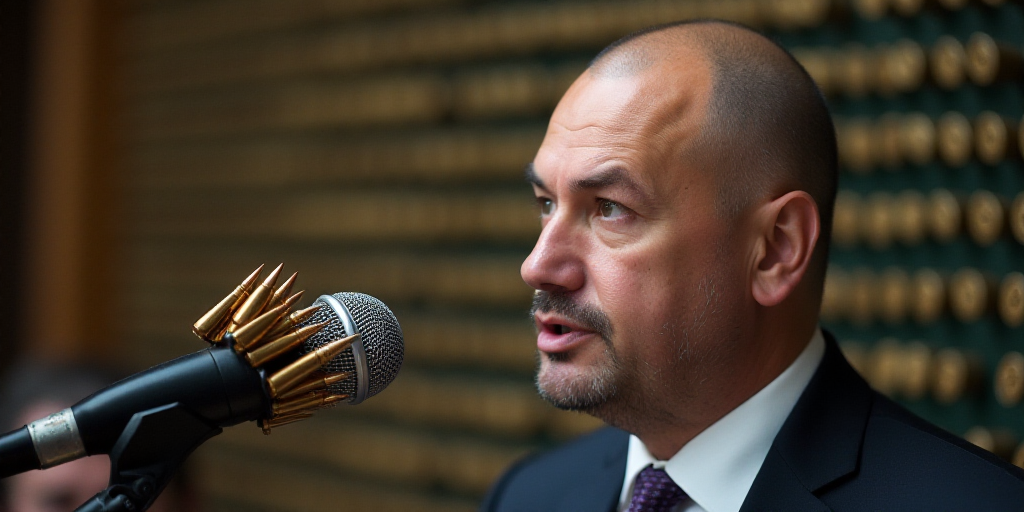Media Landscape Dominated by a Few, Limiting Diverse Voices
In the context of World Press Freedom Day, commemorated every 3rd of May, Reporters Without Borders (RSF) released its 2025 World Press Freedom Index, in which Mexico dropped three positions from 121 to 124. This ranking reinforces that Mexico is one of the most dangerous countries for journalists worldwide.
- The Mexican media landscape is characterized by a high concentration of communication outlets, restricting information plurality.
- Telmex dominates telecommunications; Televisa and TV Azteca control radio and television; while the Organización Editorial Mexicana (OEM) governs over 70 newspapers, 24 radio stations, and 43 news portals.
- This corporate dominance leaves little room for independent media, which often resort to spreading content through social networks.
- This situation complicates access to diverse and critical information, especially in remote areas away from major urban centers.
Persistent Risks for Journalists in Mexico
Mexico remains one of the most lethal countries for journalists, where threats, assaults, disappearances, and murders are common, particularly against those covering sensitive topics like corruption, organized crime, or local politics.
- Since 2000, over 150 journalists have been killed, and at least 28 remain missing.
Economic Pressures Also Squeeze Journalism
RSF notes that economic precarity also severely affects journalism at a national level. The absence of a law ensuring fair and transparent distribution of official advertising keeps many media outlets under financial strain.
- Post-pandemic, journalists have turned to alternative income sources or freelance work to sustain their informational efforts.
- Despite the constitutional guarantee of freedom of expression, there is a lack of real protection. Although no laws directly censor content, pressure occurs through threats, smear campaigns, and physical or symbolic violence.
Global Press Freedom at Its Most Critical Point
The global report by RSF warns that press freedom worldwide is at a critical and unprecedented point, with challenging conditions for journalism in more than half of the evaluated countries.
- The global average score dropped to 55 out of 100, the lowest since the index’s inception.
- The economic factor is the most deteriorated indicator: media ownership concentration, advertiser pressure, and lack of public funding directly affect information production.
- RSF emphasizes that “without economic independence, there can be no free press.”
Key Questions and Answers
- Q: What is the significance of Mexico’s ranking in the World Press Freedom Index? A: Mexico’s drop from 121 to 124 in the 2025 World Press Freedom Index, released by Reporters Without Borders (RSF), underscores its position as one of the most dangerous countries for journalists globally.
- Q: How does the media landscape in Mexico affect press freedom? A: The Mexican media landscape is dominated by a few large corporations, limiting information plurality and leaving little room for independent media.
- Q: What economic pressures does journalism in Mexico face? A: The absence of a law ensuring fair and transparent distribution of official advertising keeps many media outlets under financial strain, pushing journalists to seek alternative income sources.
- Q: What are the global press freedom conditions according to RSF? A: According to RSF, press freedom worldwide is at a critical and unprecedented point, with challenging conditions for journalism in more than half of the evaluated countries.






